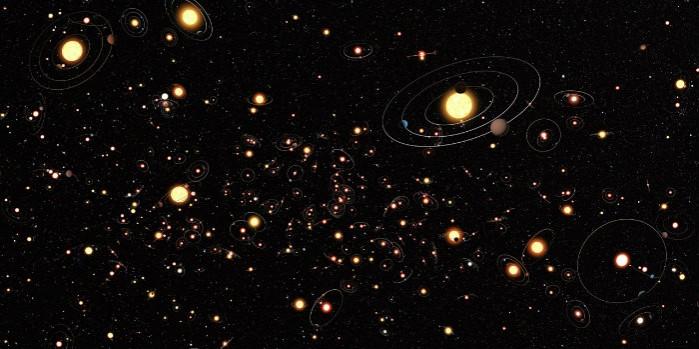
Astronomers from the Technical University of Denmark have discovered around 100 new exoplanets outside our solar system using NASA's Kepler probe.
With this new discovery, the number of exoplanets found by the K2 mission has gone up to almost 300. An exoplanet refers to a planet which orbits a star outside the solar system.
"We started out analyzing 275 candidates of which 149 were validated as real exoplanets. In turn 95 of these planets have proved to be new discoveries," said American Ph.D. student Andrew Mayo at the National Space Institute (DTU Space) at the Technical University of Denmark, in a statement.
"This research has been underway since the first K2 data release in 2014," Mayo stated.
Hundreds of signals of potential exoplanets were analyzed by Mayo and his colleagues to find out which signals were emitted by the exoplanets and which signals were caused by other sources.
"We found that some of the signals were caused by multiple star systems or noise from the spacecraft. But we also detected planets that range from sub Earth-sized to the size of Jupiter and larger," said Mayo.
One of the planets discovered by the astronomers was found orbiting a very luminous star dubbed HD 212657.
"We validated a planet on a 10 day orbit around a star called HD 212657, which is now the brightest star found by either the Kepler or K2 missions to host a validated planet. Planets around bright stars are important because astronomers can learn a lot about them from ground-based observatories," said Mayo.
The Kepler spacecraft was launched in 2009 to detect exoplanets in a single patch of sky but a technical glitch crippled the telescope in 2013. A method was figured out by astronomers and engineers to re-purpose and save the space telescope by changing its field of view periodically.
The solution that the astronomers and engineers came up paved the way for the follow-up K2 mission which is still going on as the spacecraft is detecting 'exoplanet transits'.
Transits refer to a phenomenon of at least one celestial body appearing to move across the face of another, hiding a small part of it, as seen by an observer at some particular vantage point.
The transit can be identified with the help of recording the dips in light caused by the shadow of an exoplanet as it crosses in front of its parent star. These dips hint towards exoplanets and must be examined closely to confirm their nature, the statement said.
"Exoplanets are a very exciting field of space science. As more planets are discovered, astronomers will develop a much better picture of the nature of exoplanets which in turn will allow us to place our own solar system into a galactic context," Mayo said.
Astronomers had discovered the first exoplanet orbiting its parent star just like our Sun in 1995. Around 3,600 exoplanets that range from rocky Earth-sized planets to huge gas giants like Jupiter have been found by various missions.














